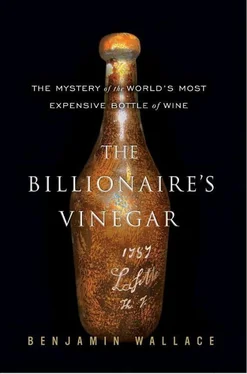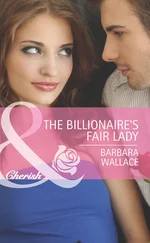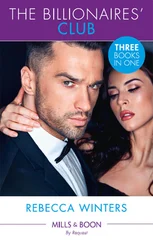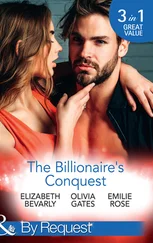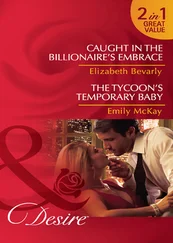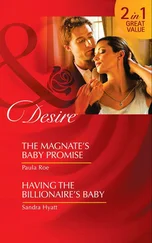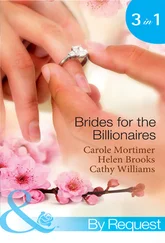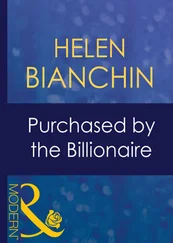The Forbeses also collected presidential memorabilia. They owned one of Abraham Lincoln’s stovepipe hats—and the opera glasses Lincoln was holding when he was shot—and they owned three letters from Jefferson on the subject of wine. One was to the chief of the Seneca Indians and said how bad alcohol was for them. Another was to a lady friend, with a gift of six bottles of wine to improve her stomach. In the third, Jefferson invoked presidential privilege to bring wine into the country duty-free.
In 1985, Malcolm had the ground floor of the Forbes Building renovated to accommodate a suite of galleries. Kip was good friends with the president of the Maryland Historical Society, and with a loaned Jefferson table that arrived just six days before the London auction, a special Jefferson display was to open that very evening in New York to inaugurate the Forbes Galleries. When Malcolm read in his Christie’s catalog about the bottle coming up for sale in London, he saw it as a perfect tie-in. He told Kip to go to the auction and get it.
KIP HAD BEEN to plenty of auctions before, often on behalf of his father, but never a wine auction. Like his father, he enjoyed wine. His wife’s family owned vineyards. He could be awed, like many people, by famous labels. He had a small cellar in his home, and he had even tasted some exceedingly old vintages, including an 1870s Mouton-Rothschild from the Forbes cellar, which was leaking so badly that his father decided they might as well pull the cork. The wine was “convincingly alive, at least for the first fifteen minutes,” Kip later said. But that was as far as his oenological inclinations went. He had never visited Bordeaux, much less Château Lafite. And he didn’t consider the 1787 Lafite a bottle of wine so much as a historical artifact. He and Yablon would bid £5,000, maybe, a huge sum. But victory was assured. They would claim their prize and drive straight to the airport.
Most of the Christie’s headquarters, on King Street near St. James Square, had been razed by bombing in 1941 and rebuilt after the war, but the Renaissance façade, a four-story sheet of Portland stone, was the original. Kip and Yablon arrived at the auction house dressed for their transatlantic journey. Years before the term “brand representative” would enter the marketing lexicon, the Forbeses had been practicing the concept, and Kip wore a tie bearing the epithet CAPITALIST TOOL, and carried a FORBES CAPITALIST TOOLBAG tote. He and Yablon took their time wandering through the Christie’s galleries, and then entered the West Room, where Yablon introduced Kip to Marvin Shanken.
Although it was reasonable for Forbes and Yablon to assume that £5,000 would accomplish their goal, they were also conscious of their delicate position. Malcolm had said to buy the bottle; he had not set price parameters. The relationship between Malcolm and exorbitant bids went back a long way, and he knew his own predilection for losing self-control. Once, when buying a piece of Fabergé, he had said he would bid up to $25,000; after that, Yablon should take over the bidding, and Malcolm would tell him when to stop.
Known within the Forbes family as “Dr. No,” Yablon was a loyal retainer who had grown up in the Bronx thinking tennis was “a sissy sport.” He had risen from lowly accountant to something akin to Forbes’s minister of finance. He was the one person close to the patriarch with the power to restrain his extravagant spending. Anything concerning money, Malcolm referred to Yablon. In spite of the “Dr. No” moniker, Yablon made a point of never saying that word to Forbes. Instead, he would say he needed to think it over, which he did; then, the next day, he would have a reasoned discussion with Malcolm, for or against the expenditure. Yablon was hardly draconian. What others might view as Forbes’s spendthrift ostentation, he recognized as being the mind of a savvy brand publicist at work.
Bidding for his father, Kip Forbes felt he was damned whatever he did. When his brother, Steve, bought the original survey establishing the Mason-Dixon line, he set a world price record for an American document. Malcolm had slammed his hand down on the table, called Steve irresponsible, and remained angry for nearly a year. When Malcolm instructed Kip, in 1982, to go to London to bid on the declaration of war that Mussolini had read from his balcony, Kip wasn’t about to make the same kind of mistake his brother had made. The Mussolini document was estimated at a mere $8,500–$10,000, and when the bidding hit $100,000, Kip dropped out. “I thought, ‘Oh no, I know how this game is played,’” Kip later recalled. But Steve came to him and told him to put on sackcloth and ashes. Far from being impressed with his son’s restraint, this time Malcolm was furious not to have obtained the document. There seemed to be no pleasing him.
Now, three years later, Kip was back in London with a buy order. His anxiety was assuaged by the presence of Yablon, who had agreed on a number that seemed reasonable—after which he would drop out. If Malcolm was displeased, they would share the heat. But they didn’t expect that problem to arise, given the relatively low prices of even the rarest bottles of wine. Nothing about this auction seemed that unusual. Any qualms about authenticity had been allayed by Christie’s. And they were under orders. “I’m from the Bronx,” as Yablon said later. “The boss said to buy it.” As far as he and Kip were concerned, they were going home with the bottle in time for the Jefferson exhibit.
At first, when the bidding was low, Forbes and Yablon alternated raising an index finger or their paddle, number 231, then hung back while others made bids. This was in line with the bidding strategy favored by Malcolm—show only desultory interest at first. The bidding rapidly escalated, and Kip stayed in the game until he had left everyone else behind with a bid of £50,000.
“Any more?” Michael Broadbent asked. “Any more?”
WITH KIP FORBES seconds away from winning the bottle for the equivalent of $75,000, Marvin Shanken, in the back row, was thinking Fuck them . His disappointment fully transformed into anger, Shanken grabbed his catalog and stabbed the air.
“Fifty-two thousand pounds,” Broadbent called out. Without breaking stride, he looked back toward Kip Forbes to see whether he’d raise Shanken to 54,000. Kip did, and a classic duel began.
No matter how many people wave paddles, an experienced auctioneer homes in on two at a time and bids them up against each other. In this case, everyone else had stopped trying. Shanken and Forbes were the only bidders left, and each was determined to possess the object at the front of the room. At £68,000, there was another pause in the bidding. Then it leapt upward, bouncing back and forth between Forbes and Shanken.
Forbes bid 78,000.
Shanken bid 80,000.
Forbes bid 82,000.
By now, he and Yablon were nudging each other, but they resisted the temptation to turn around and see whom they were bidding against. Neither had a clue it was Shanken. Yablon knew Shanken was interested in wine collecting, but he also knew that Shanken had recently been through a divorce and likely had no money.
The room was silent save for Broadbent’s relentlessly upward-counting voice. When Shanken bid £100,000, Broadbent turned again to Kip. One hundred thousand was the drop-out number Kip and Yablon had agreed on. Kip knew, even before this number was reached, that he would probably go at least one bid past it, but theory was easier than practice. He paused.
Marvin Shanken felt what seemed to him a series of electrical shocks—not because he might lose the bottle, but because he might win it. An improbably long time seemed to have elapsed since he had bid, and as the pause stretched on, the jangling reality seized Shanken: he could actually be on the hook for £100,000. That was nearly $150,000. He had contracted textbook auction fever. Stunned by his own recklessness, Shanken suddenly felt very afraid. He’d be paying this bottle off for the rest of his life. Or else he would be forced to declare bankruptcy. Either way, he’d be ruined.
Читать дальше
